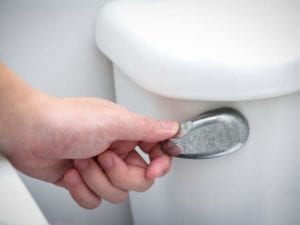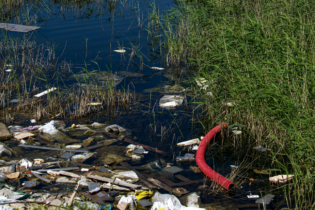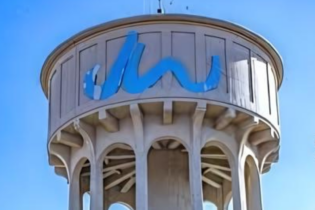A new eco-friendly toilet – which uses only one to two litres of water per flush – could be an affordable alternative to pit toilets at South African schools.
76 Eaziflush toilets have been installed at nine schools in Lady Frere in the Eastern Cape, since February, as part of a privately funded project. The schools had inadequate ablution facilities, using mostly dilapidated pit toilets in crumbling structures. Project manager Billy Qiqimana told News24 that the toilets were approved and adopted as a form of decent and sustainable technology for rural sanitation by the Water Research Council of South Africa (WRC) and Department of Water Affairs and Sanitation in 2015. Its adaptation for South Africa has been researched and tested since 2010 by the engineering company Partners in Development, working on behalf of the WRC. “The [rudimentary] pit toilet system is not a decent, dignified and sustainable system. You can’t have it near your home, it is unsafe, especially to children. To maintain it is difficult as well. When it is full, the contents are hard to remove from the pit and includes objects such as nappies or tampons.“This pour/flush toilet bridges the gap between pit toilets and conventional flushing toilets. You get the benefit of a flushing unit by using recycled water, or what we call grey water. This is water that people use to wash, or that you harvest from rain.”
This water is stored in large plastic water tanks. Other sources of water are boreholes or municipal water delivered by trucks. “Most of these rural areas don’t have running water. With these toilets, people can use recycled water and a flush uses between one and two litres of water. Unlike pit toilets, you can have one inside your house, or in a building close by, as opposed to pit toilets.” Maintenance is also much easier than the pit system, and the contents can easily be removed, says Qiqimana. “The lifespan of that leach pit is seven to 12 years, which is equivalent to that of a VIP (ventilated improved pit) mobile toilet. People in the rural areas love it. They call it ‘the safe toilet’ because they don’t have to accompany children who want to use it.”







